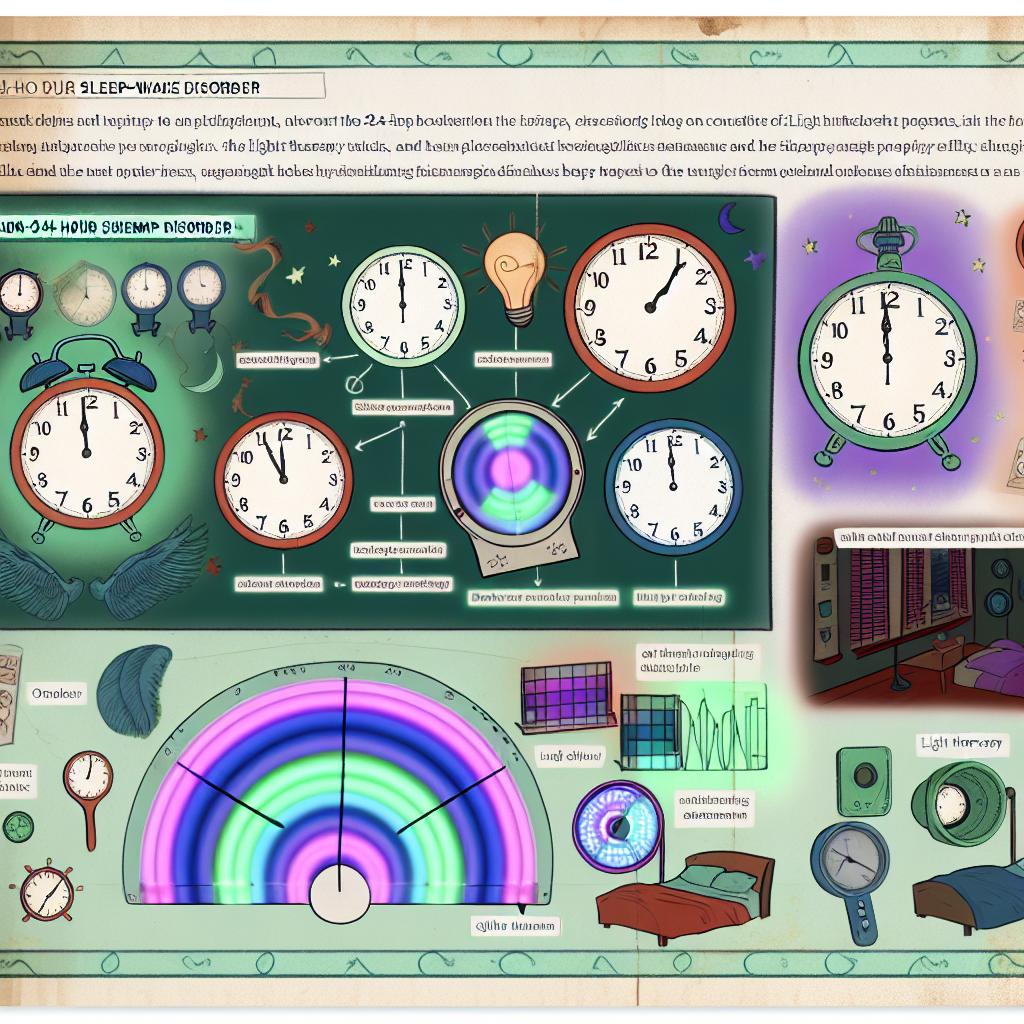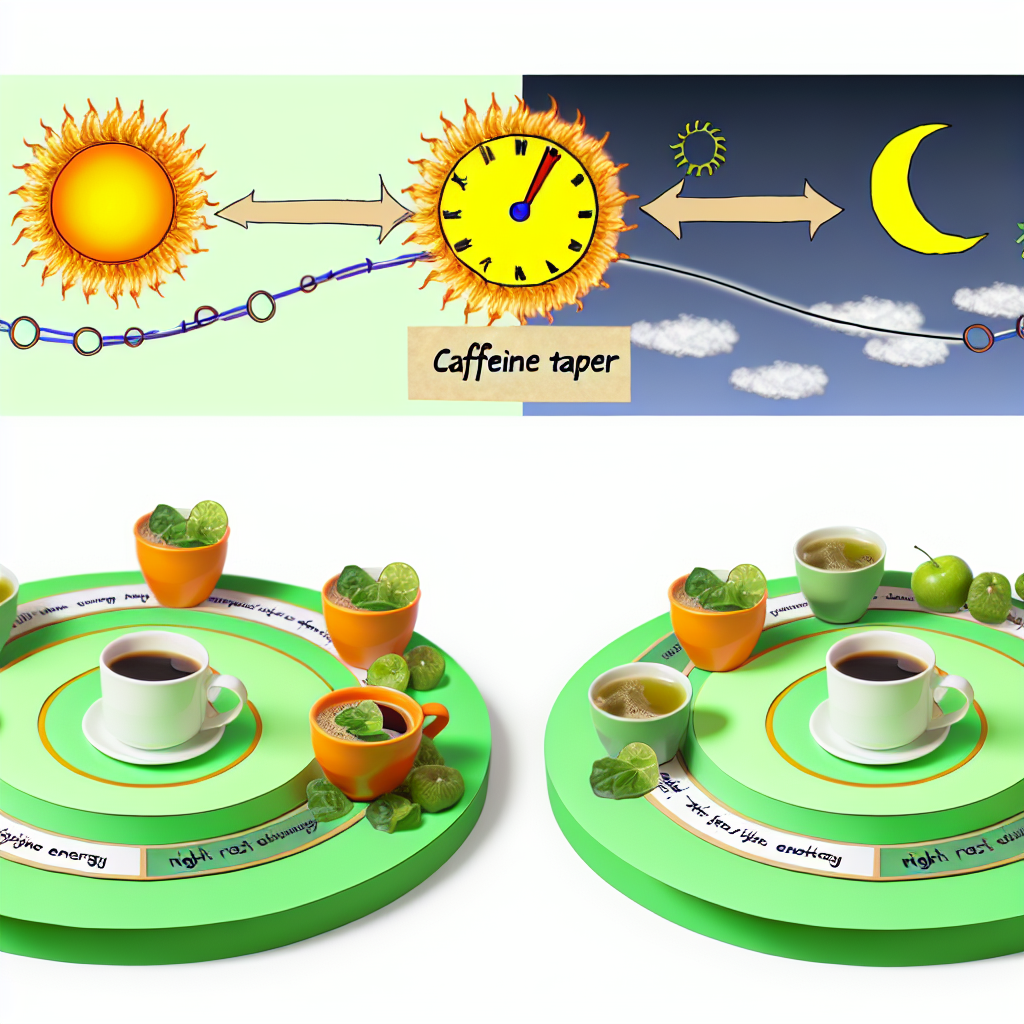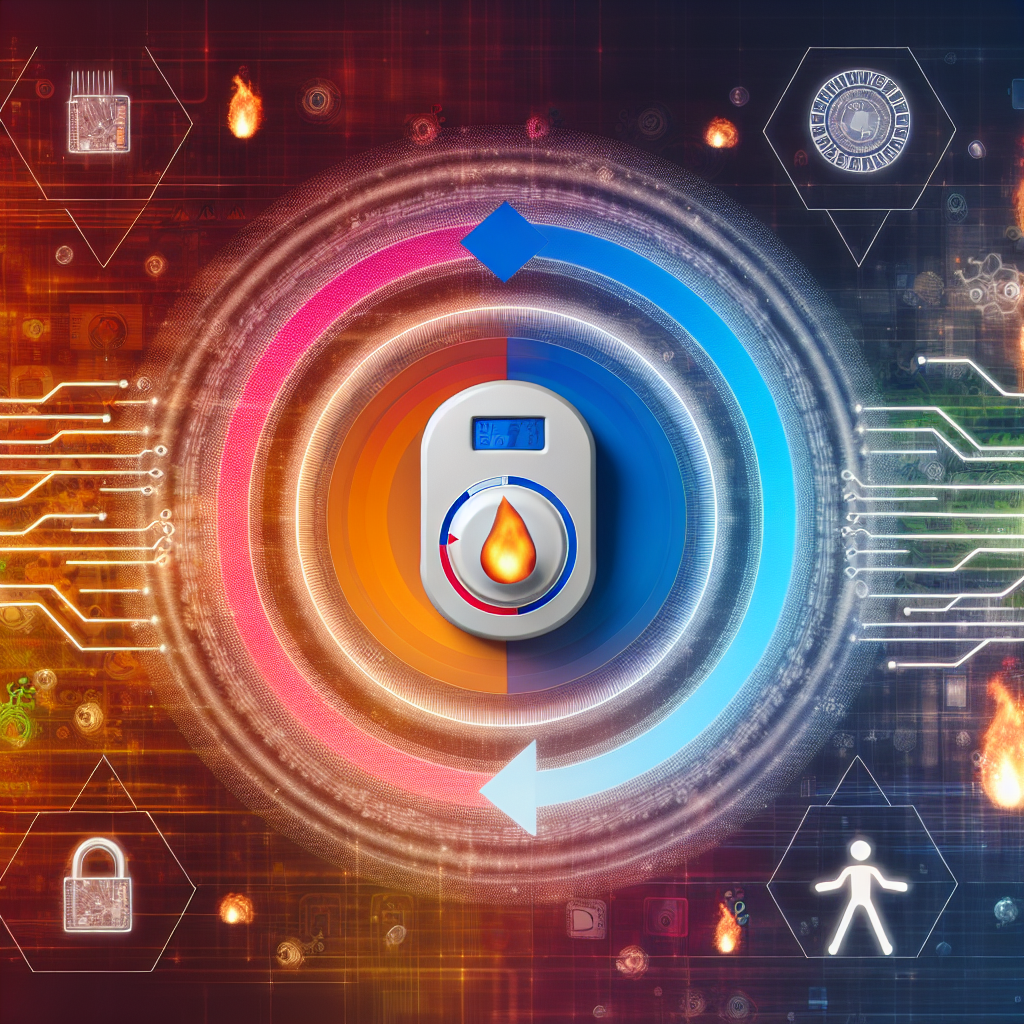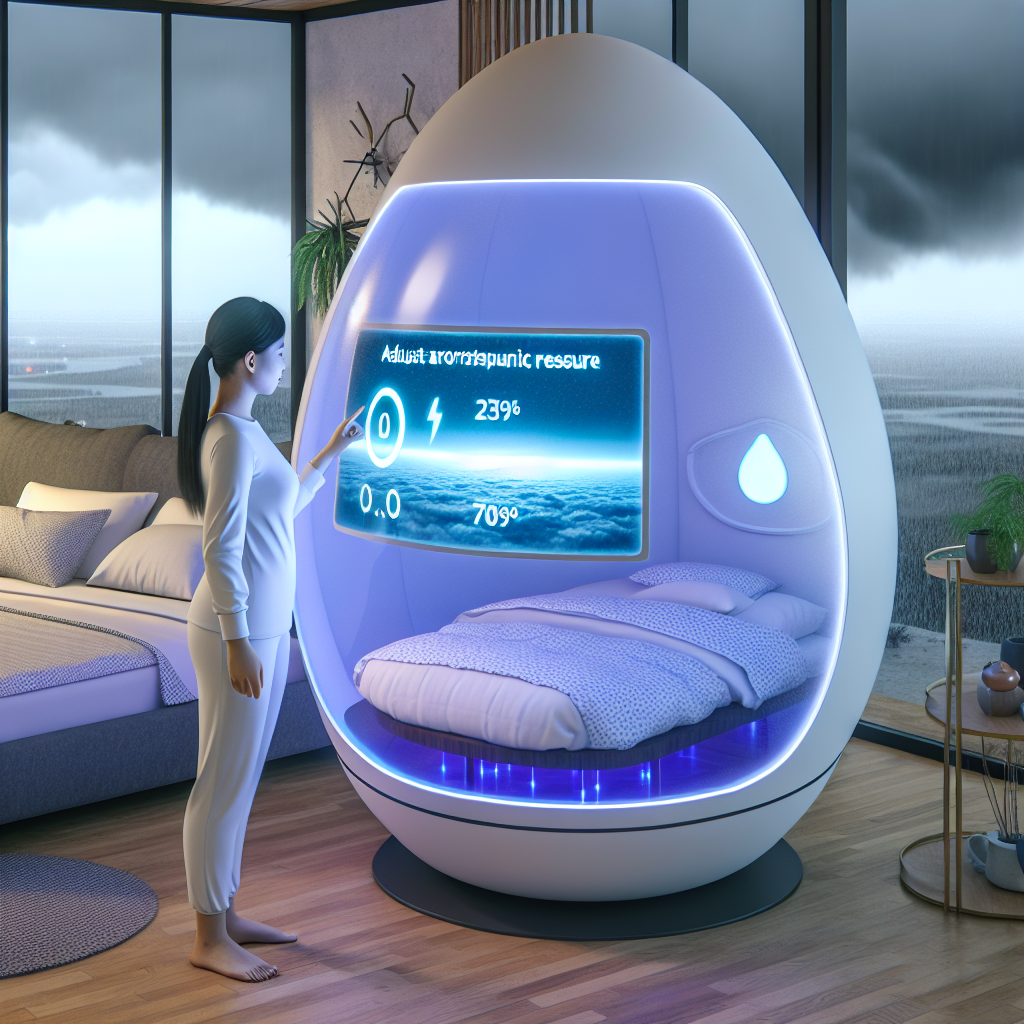Non-24-Hour Sleep-Wake Disorder: Light Therapy Timing Strategies
Sleep is governed by an internal biological process known as the circadian rhythm—a roughly 24-hour internal clock that cycles between sleepiness and alertness at regular intervals. Most people, guided by environmental cues like sunlight, maintain a relatively stable sleep-wake schedule. However, individuals affected by Non-24-Hour Sleep-Wake Disorder (Non-24) live in a different reality where their internal clock is not synchronized with the 24-hour natural day. This condition is most prevalent among individuals who are totally blind, although it can occasionally affect sighted individuals as well.
Decoding the Science: What the Research Says About Light Timing
Numerous studies over the past two decades have informed our understanding of circadian rhythm disorders, particularly Non-24. According to the National Institutes of Health, Non-24 is primarily caused by the failure of the biological clock to reset itself in response to environmental light cues due to dysfunction in melatonin signaling or light perception.
A foundational study published in the Journal of Clinical Endocrinology & Metabolism examined the circadian rhythms of totally blind individuals with Non-24. Researchers found that daily light exposure was ineffective for this group, primarily due to the lack of retinal photoreceptor stimulation. However, in sighted individuals or those with residual light sensitivity, properly timed exposure to bright light—particularly blue light in the 460–480 nm range—could induce phase shifts in circadian timing. This highlights that the effectiveness of light therapy is tightly linked to when and how it is used.
Timing Is Everything: How to Apply Light Therapy Effectively
In practical terms, for individuals with Non-24, determining the current phase of their body clock (typically identified through sleep diaries, actigraphy, or dim light melatonin onset—DLMO—testing) is crucial. Once identified, timed light exposure should be administered shortly after the lowest point of body temperature (the circadian nadir), usually occurring approximately two to three hours before natural wake time. Regular morning exposure at this time can help gradually nudge the internal clock back into alignment.
Additionally, studies have indicated that using high-intensity lightboxes (10,000 lux) for approximately 30 to 60 minutes each morning could significantly impact circadian regulation in patients with circadian sleep-wake disorders. The light source should be placed at eye level but not directly into the eyes to simulate natural sunlight exposure safely and effectively.
Putting It All Together: Best Practices for Success
Non-24-Hour Sleep-Wake Disorder introduces complex challenges for those affected, particularly due to its dynamic, drifting nature. However, light therapy offers a promising, non-invasive approach to restoring circadian order—provided it is used with accuracy and consistency. Central to this strategy is understanding the optimal timing for light exposure, as determined by circadian phase and guided by established scientific evidence.
Regular morning light exposure—ideally within one hour of waking—can advance the circadian rhythm and support a more stable sleep-wake cycle. For optimal results, patients should integrate this therapy into a broader routine that includes fixed sleep schedules, minimal nighttime light exposure, and good sleep hygiene practices.
Collaborating with sleep specialists and using tools such as actigraphy or dim light melatonin onset tests can further refine your light therapy approach. If pharmacological adjuncts such as melatonin analogs are needed, these should be prescribed in alignment with light therapy timing to avoid counterproductive effects.
By leveraging evidence-based strategies and personalized treatment approaches, individuals suffering from Non-24 can achieve better sleep consistency and, ultimately, improved quality of life.
Concise Summary:
Non-24-Hour Sleep-Wake Disorder is a circadian rhythm disorder where the body’s internal clock is not aligned with the 24-hour day. Light therapy can help reset the body’s clock, but the timing of light exposure is crucial. This article explores the science behind light therapy timing and provides practical strategies for individuals with Non-24 to effectively use light therapy to improve their sleep-wake patterns.

Dominic E. is a passionate filmmaker navigating the exciting intersection of art and science. By day, he delves into the complexities of the human body as a full-time medical writer, meticulously translating intricate medical concepts into accessible and engaging narratives. By night, he explores the boundless realm of cinematic storytelling, crafting narratives that evoke emotion and challenge perspectives.
Film Student and Full-time Medical Writer for ContentVendor.com




